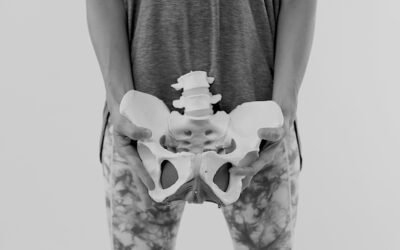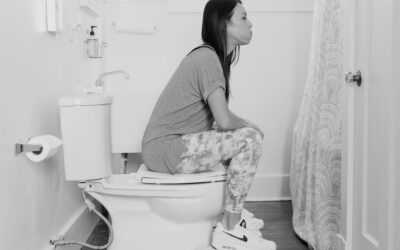What is a menstrual cup and how do I insert one?
A menstrual cup, or period cup, is a feminine hygiene product used as an alternative to tampons during your period. Menstrual cups are silicone or rubber, flexible, and inserted into the vaginal canal to collect blood during menses. Unlike tampons, these cups collect blood rather than absorb it and are less likely to cause infection. Because of this, they need to be changed less frequently. This eco and financially-friendly option draws many people to the menstrual cup. But they do come with a bit of a learning curve, starting with how to insert a menstrual cup.
The learning curve
Insertion and removal of the cup can be challenging for some, and emptying the menstrual cup can be messy. It will get easier to insert the more you do it. Finding the right fit may also be problematic as each cup is slightly different. If you have specific sizing concerns or concerns about your appropriateness for using a menstrual cup, it is recommended you consult your OB or midwife before use.
How to find one that works for you
There are multiple factors to consider when deciding on the right period cup:
- Your age
- The heaviness of your flow
- The length of your cervix
- How much the cup can hold
- If you have had sex
- If you have given birth vaginally
People under 30 years old who have not had a vaginal birth should use smaller cups. Larger cups often work best for people over 30 years old who have given birth vaginally. We love this “cup quiz” that will help you narrow your choices!
How to insert a menstrual cup
- To insert the cup, you’ll first need to wash your hands and wet the rim of the cup with water. Wetting the rim will reduce friction with insertion and make application more comfortable. You can also use a small bit of lube (here are some of our favorites).
- Once you’ve done this, fold the menstrual cup in half. You can insert the cup while on the toilet, or stand with one leg propped up on the toilet or side of the tub, whatever position feels best for you. We want your pelvic floor relaxed.
- Next, insert the cup into your vagina with the rim facing upward.
- Release the cup once fully inserted. The cup should form a seal via suction that will prevent leakage and collect menstrual blood.
- You should not feel the cup once inserted and fully open. You should also be able to perform daily activities and move freely without discomfort or leakage.
How to insert a menstrual cup without pain
To insert the cup without pain, find a comfortable position for you. Put your feet on a squatty potty or stand with one leg propped up on the toilet or side of the tub. You’ll want to insert into the vaginal canal when your pelvic floor muscles are relaxed. Try getting into a deep squat position and bear down as if you’re having a bowel movement. If needed, exhale upon insertion like you’re blowing out birthday candles.
How far to insert a menstrual cup
Once inside, the top should be open and not folded. Unlike a tampon, the stem of the cup should not be sticking out of the vaginal opening. Also unlike a traditional tampon, the cup will be lower in the vagina.
How to remove a menstrual cup
- With a clean hand, insert your index finger and thumb into your vaginal canal.
- Pinch the cylinder of the cup to fold it in half again to release the suction seal.
- Once out, empty the cup into the toilet. You should rinse the cup with soap and warm water before re-inserting it into the vaginal canal.
How to clean a menstrual cup
You should first read the instruction manual with your specific cup, as they all have slightly different instructions. Then, empty your menstrual cup at least once every 12 hours.
Some people prefer to sterilize their cups by boiling them between cycles. Your specific cup will have detailed instructions. Store your menstrual cup in the pouch it comes in. It’s important to keep air flowing around your cup to prevent moisture build-up, so don’t store it in an airtight container.
The pros and cons of the cup
Some of the pros include:
- Cost-effectiveness
- More prolonged usage compared to tampons
- Reusable cups can last 6-10 years when cared for appropriately
Some cons include:
- Difficulty finding the right fit
- Insertion and removal can be messy
- Vaginal irritation
Ultimately, this might not be the right feminine hygiene product for you. However, it can be a good option for clients looking for options besides tampons.
Our favorite menstrual cups
- The Diva Cup is one of my favorites. They offer a few different sizing options based on age and postpartum status.
- Cora Women is another great option.
- Lola is a great option as well for not only cups, but all things period.
Are you looking for more great resources for additional information? Check out this review and this website.
Some links may be affiliates. This means we may make a small commission if you make a purchase. The products we recommend on this website and in blog posts are always products we use ourselves or recommend to clients. Thank you for supporting us in our mission to revolutionize women’s healthcare.





